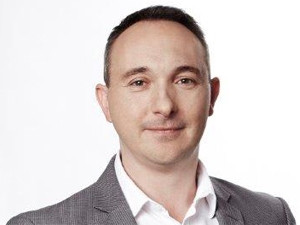
While global enterprises are moving towards the era of software-defined everything, many South African organisations are still running complicated, legacy environments comprising mainframes and tape backup solutions that don't accommodate protection of the myriad of network-attached devices.
So says Demetri Petropoulos, head of business development at Global Micro Solutions, who notes this has hampered local enterprises' ability to move their infrastructures into the cloud or to embrace hosted services and other new technologies.
The inability to back up and protect data on workstations, laptops and mobile devices, means all information stored on a device is lost forever if the device goes missing, says Petropoulos.
With software-defined everything, the computing infrastructure is virtualised and delivered as-a-service. In a software-defined everything environment, management and control of the networking, storage and/or data centre infrastructure is automated by intelligent software, rather than by the hardware components of the infrastructure.
"By virtualising entire operating environments, enterprises can reduce complexity, improve performance and agility, and lower costs," says Petropoulos.
According to Deloitte, beyond cost savings and improved productivity, software-defined everything can create a foundation for building agility into the way companies deliver IT services.
Market research firm Frost & Sullivan says 2015 is seen to be the year of software-defined everything as the software-defined revolution spreads beyond the boundaries of the datacentre.
To overcome the challenges of complicated, legacy environments, Petropoulos says most South African organisations adopted hybrid strategies to back up new software-as-a-service (SaaS) and user environments using their legacy infrastructure.
"This meant they have to manage multiple backup products - one for each data platform such as desktops, servers, databases, virtualised environments and public services."
However, he notes, there is a new way of doing things, adding new backup and disaster recovery-as-a-service solutions can back up, in one location, a multitude of different platforms - both on-premises and cloud-based.
Backups run automatically and continuously, rather than the usual process of manually backing up data every evening or on weekends, he points out.
According to Petropoulos, modern SaaS solutions also give enterprises the ability to back up all workstations - laptops, mobile devices, tablets - and to remotely wipe them if they are lost or stolen.
"Aside from the cost and IT management advantages, SaaS hosting comes with the added benefit of data encryption and regulatory and governance compliance," he elaborates.
"Perhaps the most appealing aspect, however, is that these solutions dramatically reduce the recovery time and recovery point objectives - with a seven-second failover in some instances - to ensure businesses are up and running again in no time, should disaster strike."
Share